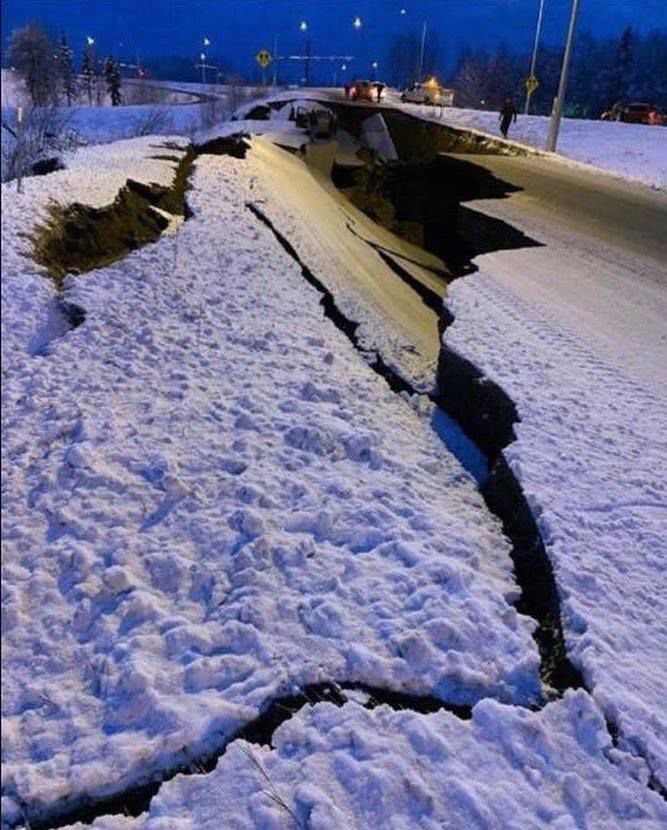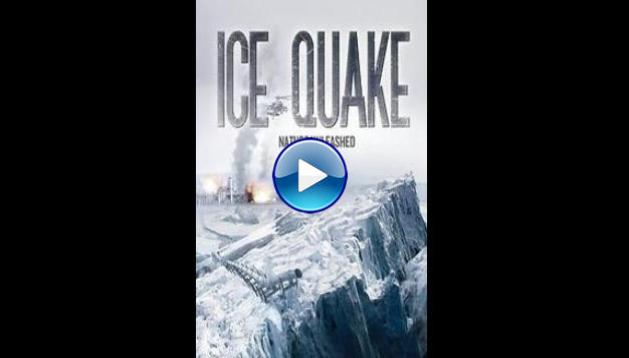
It might seem out of nowhere, but really, hundreds of years of incremental motion and destabilization have led to that moment.Īlong Alaska’s dramatic southern coastline, these events can happen every day, seen or unseen, with glacial calving, coastal subduction, earthquakes, and more. It’s easy to forget that geologic processes are in constant motion around us until a sudden, dramatic event, such as a landslide reminds us. Though barely perceptible to us, this constant motion is submerging mountain ranges, lifting land masses, and shifting tectonic plates and with it, creating potentially dangerous situations like earthquakes, landslides, volcanic eruptions, and tsunamis. While it’s often not easily apparent, the geology of our planet is in constant motion: like a pot of boiling water, the hot mantle (the rock layer surrounding earth’s core) underneath earth’s crust rises and falls in a convective motion, slowly moving the tectonic plates of earth’s surface with them. Geohazards are naturally-occurring events that arise from geologic processes and have the potential to cause damage or threaten lives. Just like you’d prepare for potentially dangerous encounters with wildlife and bad weather in a park, you should be aware of the geohazards that are common in active landscapes such as the mountainous and coastal areas of Southcentral Alaska.



Below a depth of about 700 km, the descending slab begins to soften and flow, losing its form.ĭrawing courtesy of USGS. Conceptual drawing of assumed convection cells in the mantle (follow link for more details).


 0 kommentar(er)
0 kommentar(er)
